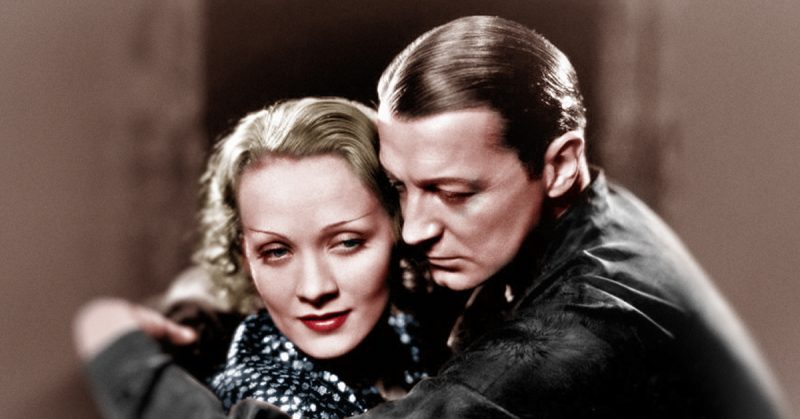The collaboration of Marlene Dietrich and Josef von Sternberg is one of the most remarkable ones in Hollywood.
He made her into an icon, transformed her from a Berlin suburban girl into a star.
She in return was his long-time muse that allowed his career to flourish and for him to become a true rococo cinema master to be remembered.
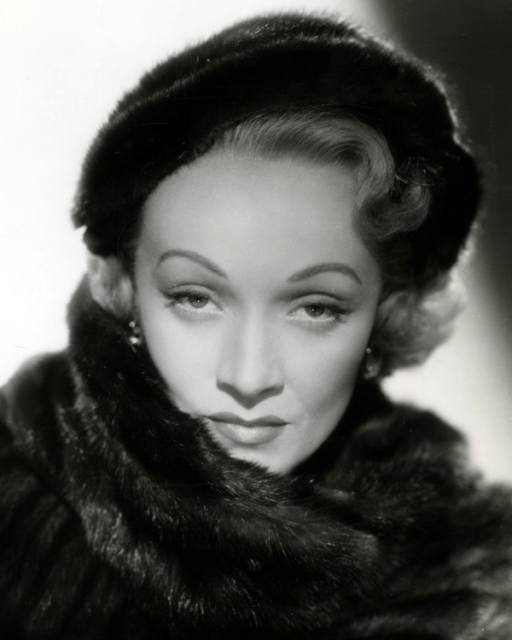
They made seven movies together between 1930 and 1935, all of them essential for any cinema lover: The Blue Angel (1930), Morocco (1930), Dishonored (1931), Shanghai Express (1932), Blonde Venus (1932), The Scarlet Empress (1934) and The Devil is a Woman (1935).
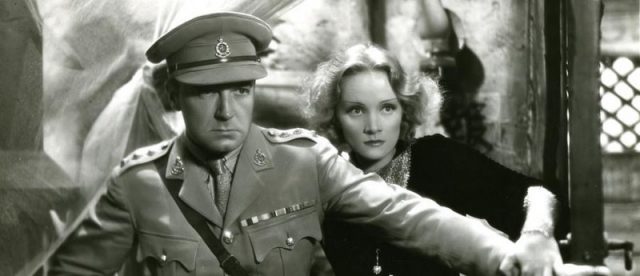
When he came to Berlin, Josef von Sternberg was already an established film-maker. He was famous for working with lights and shadows and on sound stages, which made his movies especially aesthetically pleasing.
Before coming to Germany, he had a great success with silent films such as Underworld (1927) and Docks of New York (1928). His first talkie was The Blue Angel in which Marlene stared as Lola, the lead role.
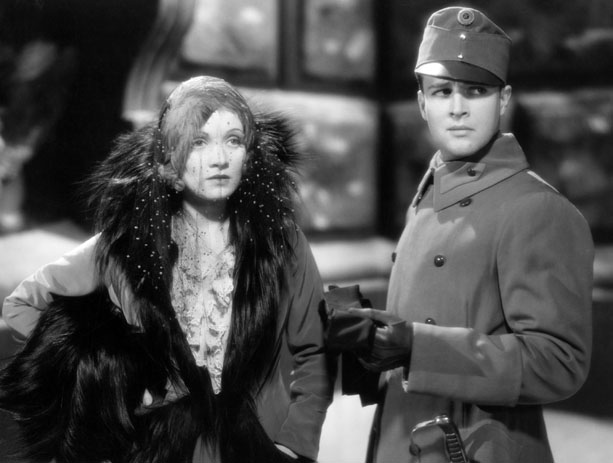
The movie was a great success, which was not always the case with directors transitioning from silent to sound movies, as many of them were not equipped to deal with the new medium.
Von Sternberg encountered Marlene in a Berlin cabaret that was not reserved for the best of actors.
People from the Berlin film scene tried to convince him not to work with her, but he did not to give up on his conviction that she was the one for the role.
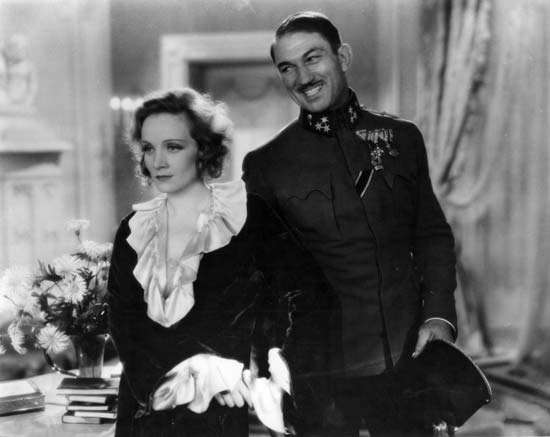
According to Wrong Reel, after making a test scene with Marlene, Von Starnberg wrote: “I then put her into the crucible of my conception, blended her image to correspond with mine, and, pouring lights on her until the alchemy was complete, proceeded with the test. She came to life and responded to my instructions with an ease that I had never before encountered.” By playing with light and shadows he accentuated her beauty and appeal, and made her cheekbones famous.
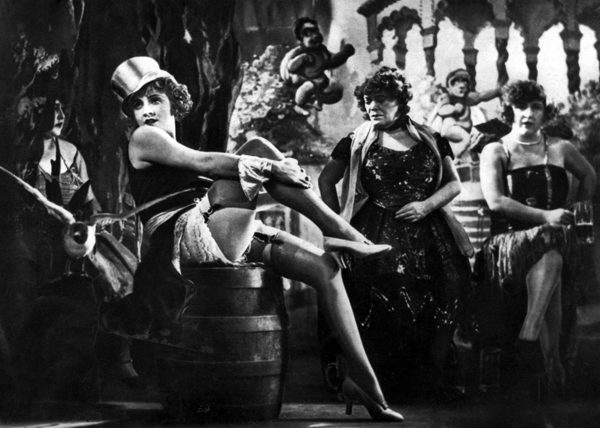
While they were still working on their first movie together Von Sternberg sent test shots back to Paramount. He gave Marlene five minutes to make up her mind if she was ready for Hollywood or wanted to stay in Germany.
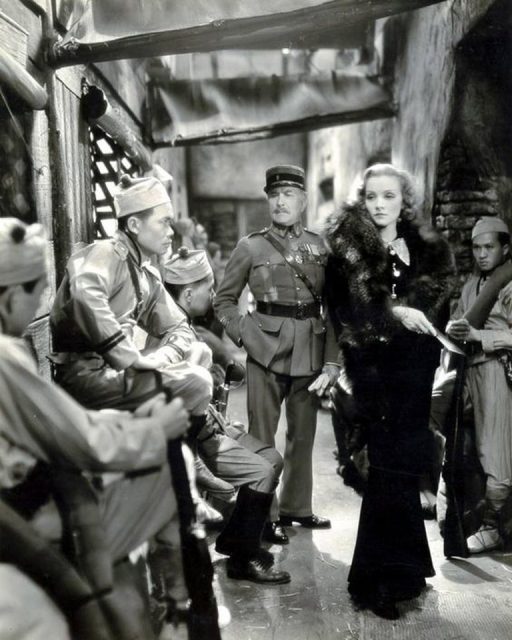
She luckily decided to follow him and soon was shooting Morocco alongside the great Gary Cooper. This movie both saved Paramount from decline and made Marlene into a Hollywood star. Soon everyone wanted to work with her, the audience was in love with her and the media glorified her.
Their collaboration was full of ups and downs and very turbulent. Von Sternberg was known as extremely demanding, hard headed and authoritative.
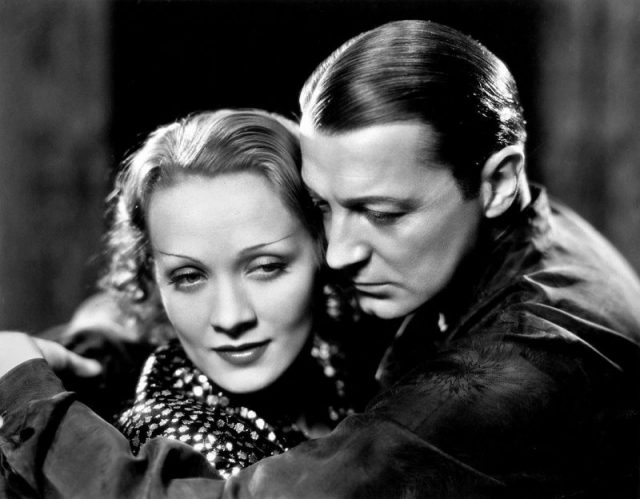
He was not very famous for creating a pleasant working atmosphere, so many people from the industry avoided him even though he was a brilliant film-maker. However Marlene was not to be broken easily, and would even bully him in return.
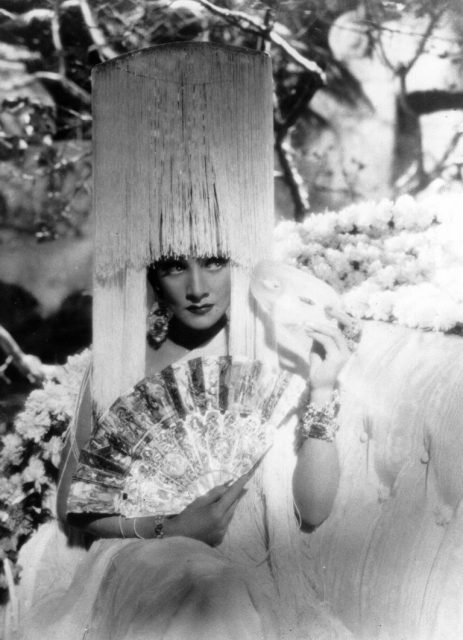
According to Dietrich’s daughter, Von Sternberg was madly in love with his muse which helped her know his soft spots and find her way when she needed to. It is not certain if the two of them had a sexual relationship, but it is speculated that they did.
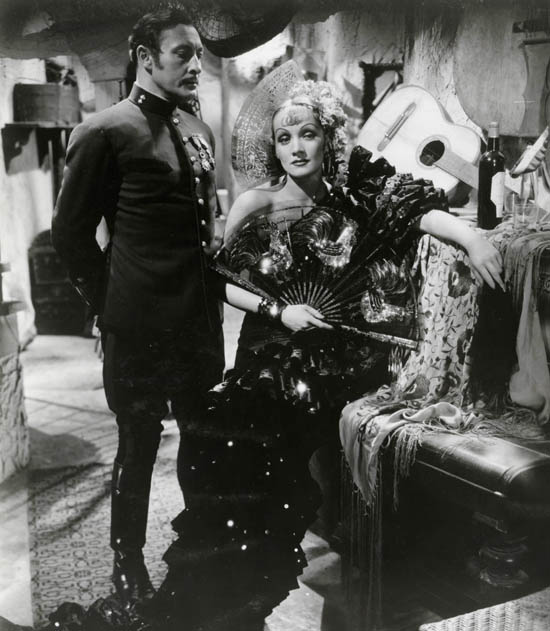
Their relationship did not serve only as an inspiration for the movies they made together, but very often was also the outright subject of them. The most obvious example is the movie Blonde Venus. It tells the story of an American scientist who falls in love with a German performer, eventually leading to marriage.’
The movies they did together were abundant in subtle and artistic eroticism which was in a way also the end of them two working together. The era started to shift towards more conservative values which made their films stop doing so well at the box office.
Read another story from us: The Unhappy Royal Couple – Charles and Diana’s Loveless Marriage
Josef Von Sternberg and Marlene Dietrich parted ways after The Devil is a Woman and both continued working with other people. However, many film lovers believe that their best movies were those that they had made together.
